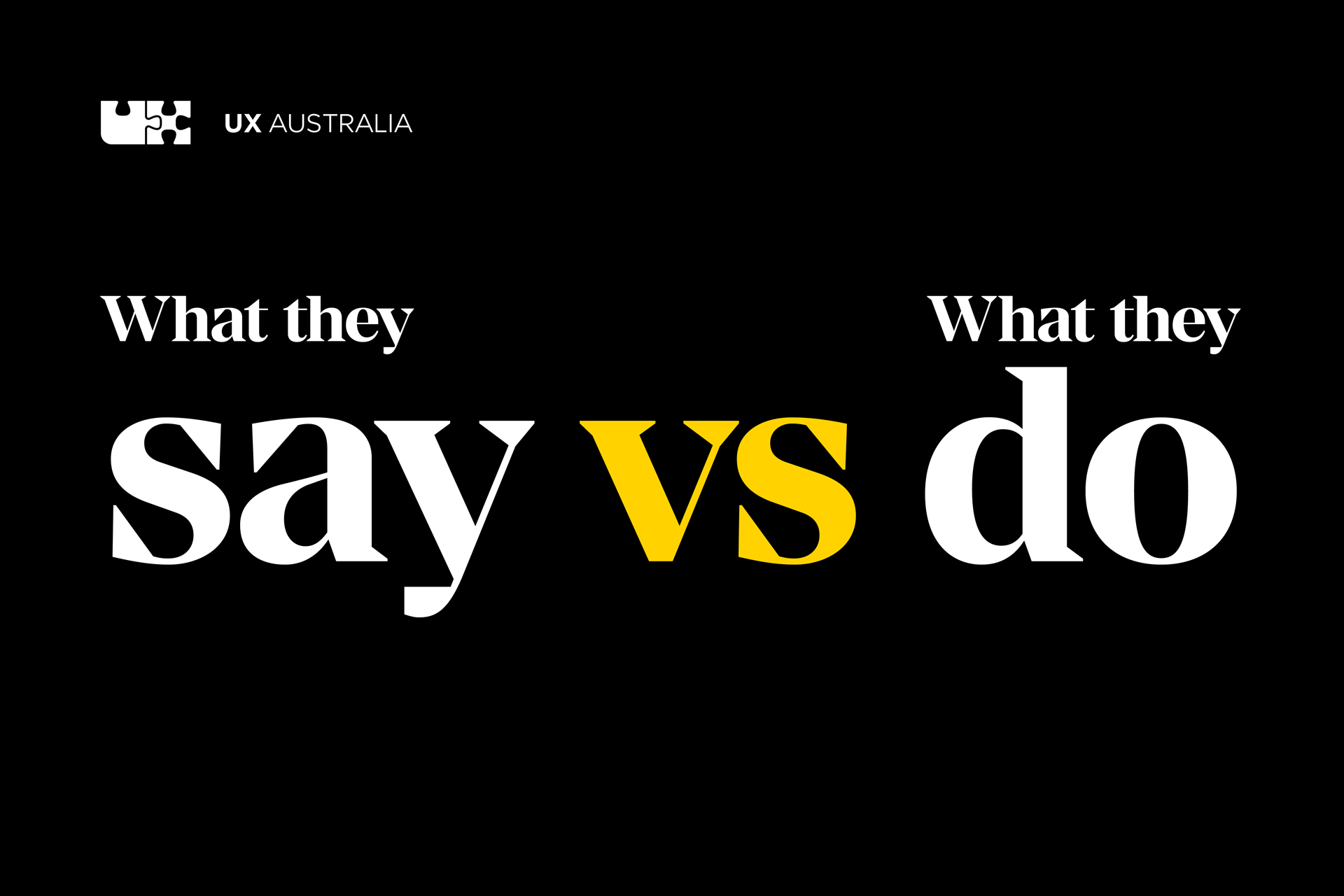Journal
Event
Folk's Strategy Director talks at Design Research 2021 Conference
A diary study study

I recently had the opportunity to speak at the Design Research 2021 event held by UX Australia. It was a fabulous symposium of how to build a richer understanding of people (users) to better design the products and services that enable and support them.
My presentation, What they say vs. what they do looks at the power of diary studies as a research method to build deep insight into the behaviours of the cohorts you seeking to understand.
In an interview, people will often (unintentionally) give inaccurate answers. Their mood or environment might be influencing them, biased perceptions of themselves may come through (I think I’m a healthy eater but my cupboard tells a different story), or their memories and recall just aren’t an accurate reflection of their experiences.
A diary study is a qualitative, contextual method of research where participants record their own ‘diary’ entries in the moment, using whatever medium is useful to them – video, photos, audio, words. Their recordings show the reality of what happens, not what they say or think, in the real environment and over time so that you can see behavioural patterns emerge.
With most people walking around with a camera in their pocket, diary entries are really easy to conduct and scale, and especially useful in a remote working world.
It’s a great method of research to build in the early stages of prototyping. The qualitative insights give you a unique understanding of when certain features are used and why, how frequently and what are the triggers are.
The result is an incredibly rich media resource. You can fast forward, pause and rewind to observe and build your findings. Your videos will help build empathy in your organisation – getting the design team or senior stakeholders to see what people actually do, first-hand, can bring them much closer to the people they are there to help.
You could consider using a diary study if you:
- Want to see a diversity of experiences and learn how behaviours or perceptions change,
- Want to know more about what motivates someone to act or the micro moments that lead to big decisions,
- Want to learn about behaviours that happen sporadically, and/or
- Need to reach hard to access groups.
Hopefully more researchers will consider using this method in the future.
